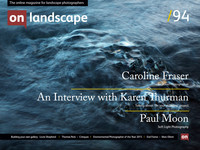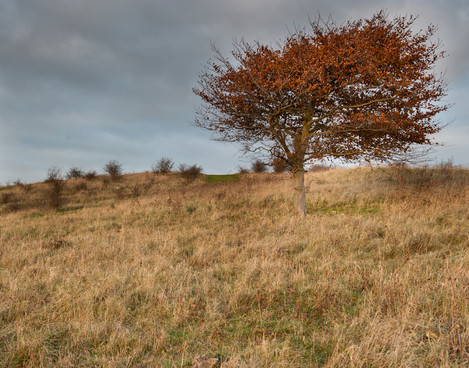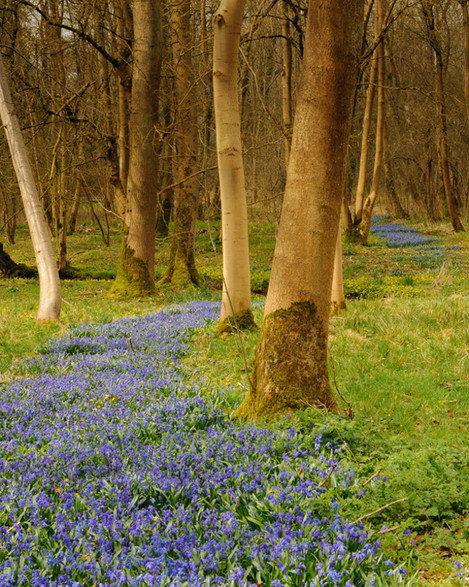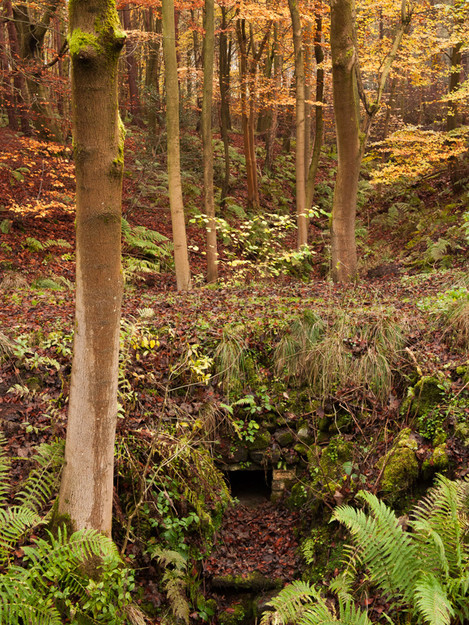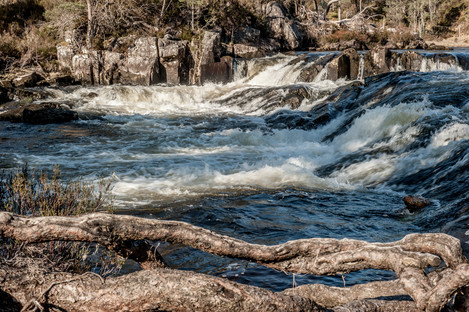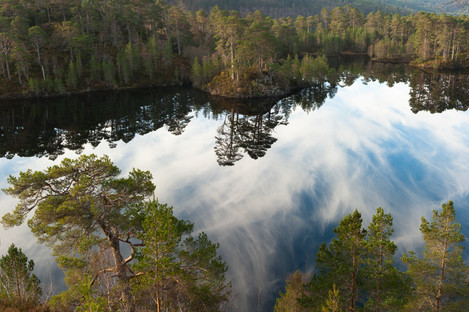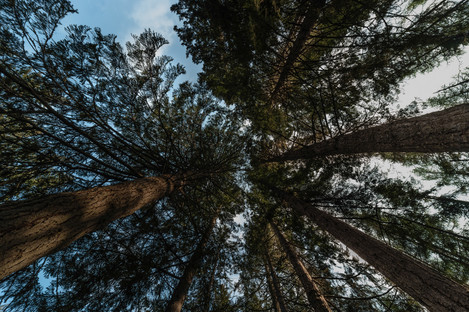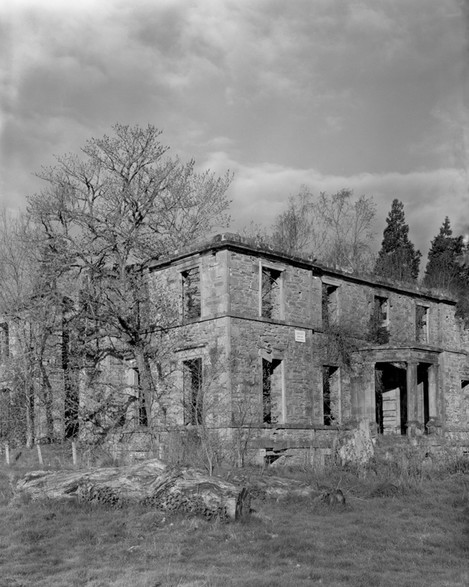Talking about 'On Your Doorstep Project'

Karen & Mick Thurman
Husband and wife team Mick and Karen Thurman are landscape photographers who delight in the beauty of the British countryside. They appreciate not just the great beauty spots like Torridon, the Lake District and the English South Coast but also local niches like parks, woodlands, rivers and more. Mick is a digital photographer; Karen is analogue.

Tim Parkin
Tim Parkin is a British landscape photographer, writer, and editor best known as the co-founder of On Landscape magazine, where he explores the art and practice of photographing the natural world. His work is thoughtful and carefully crafted, often focusing on subtle details and quiet moments in the landscape rather than dramatic vistas. Alongside his photography and writing, he co-founded the Natural Landscape Photography Awards, serves as a judge for other international competitions. Through all these projects, Parkin has become a respected and influential voice in contemporary landscape photography.
Tim Parkin: Hi Karen, where are you based then?
Karen Thurman: Luton
TP: Not a renowned landscape location
KT: No, but one of our ‘On Your Doorstep’ locations. One of the ones we’ve already done.
TP: And what do you find to photograph on your doorstep?
KT: Same thing we photograph around all our ‘On Your Doorstep’ locations - parks, woodlands, etc.
TP: Interesting as I was talking to Niall Benvie about his 20/20 imaging projects and conservation photography groups. He deals with wildlife photographers mostly but he’s interested in how you motivate landscape photographers to be more conservation, environment friendly as it were, and local is a big thing.
KT: This is precisely what we are trying to do, not just landscape photographers. We want everybody to do this. The reason we chose the locations we did is that we want to try and get ‘Mr Joe normal’ to stop for a second and appreciate what they have on their doorsteps. There’s a secret underlying environmental message – we want people to engage with Mother Nature on their doorsteps, so that they take better care of her.
We get bombarded with these big messages telling us ‘You’re killing the planet’, and it is true we are killing the planet. But these are really big messages and it’s hard to see how small local actions can have a meaningful effect. How is me turning off the lights going to reduce climate change? How can now throwing my rubbish in the grass of my my local park make any difference to the global landscape.
We think that using a more positive approach and framing things in an accessible way can be effective. Let’s take a gentle approach and show people how beautiful things are right where they are, then maybe they will think “we’ll take care of that because it’s so beautiful”. Don’t throw rubbish, don’t let them chop down trees, don’t allow the water to be polluted.
We start the engagement with what’s local to people in that belief that if they care about what’s local to them, maybe they will care about what happens in their county, then maybe the next county.
TP: People only deal with local issues, but local issues are global issues at the end of the day …
KT: We don’t talk about remote concepts such as the butterfly effect which is the embodiment of local actions having a global effect; we focus on keeping things local, within peoples’ communities.
TP: Let’s just back up a little by asking about your background. Where you’ve come from in photography and how you’ve ended up here?
KT: I started photography because my dad was a photographer. He was born in China to Russian parents and he worked in a local lab in China in ‘46-‘47 in the days when they were still doing the glass plates. He’s not a man of many words, and it was a nice way of doing something together. I probably started photographing when I was ten.
I didn’t really know what I wanted to photograph, so I did a bit of everything. Then, in my early twenties I just developed a love for wildlife photography. I did that for fifteen years. As I was travelling, I did some travel photography all clearly on film!
TP: This was in the 1980’s?
KT: In the 80’s and 90’s. Digital came, I bought my Nikon D70s and I hated it! I just did not get on with it at all. It wasn’t about the camera, which was fine. It was more because I worked in IT for many years as a project manager, I sat at a computer all day, and the last thing I wanted was another computer in my hand. I missed my darkroom. I missed the really visceral feeling of working with my hands and letting instinct and feelings drive the work. I even missed the horrible smell of the chemicals!
I put my camera down for a couple of years and I woke up one morning and I thought ‘hey, there’s no law that says I have to shoot digital, I can go back to film and it’s ok!’ So I went back to film and dug out my FM2 dusted it off and never looked back. I came away from wildlife photography as it’s changed a lot and once you’ve been doing something for a while , sometimes it’s time for the next thing.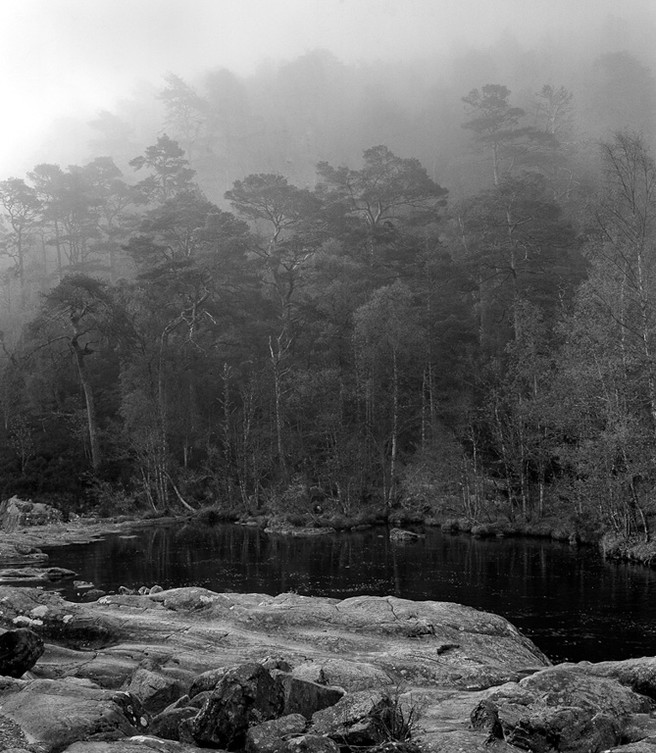
So I moved into landscape photography, which I thought I was not very good at. It turned out that I never stopped long enough to be good at it! I also moved away from colour photography back to my first love – black & white.
TP: Not like wildlife photography?
KT: No the adrenaline is entirely different. I’m older, I’m a different person than I was when I started photography properly in my late teens. I’m loving it, I enjoy it. I’m a more contemplative photographer these days. I went large format a year ago and that has made me slow down even more.
I have a Linhof Master Technica Classic, 4x5 she’s a beauty. I’m now looking at 8x10. 4x5 is wonderful, but 8x10 is amazing! Anyway, my husband is my partner in the project as well as in life. Mick and I used to walk Bea the Dog in the local woodland which is 10 miles away from where live, Maulden Wood.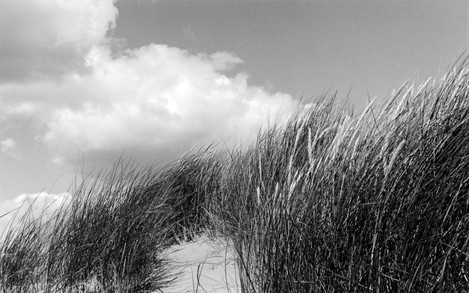
The Forestry Commission felled a huge tree and they’ve left the log which is probably 15ft long and at least 6-7ft tall. You can’t miss it, one end is glorious, super textured, and the other end has lots of insect activity which Mick really likes. So we would be standing there with our tripods and I’d be under a darkcloth - obviously attention-grabbing. People would ask ‘What are you taking picture of?’ and we would say come here and we’ll show you! And they would say “We walk past this all the time and we’ve never even saw the log!” I’d be thinking how is the possible?
So we started talking about the what we could do about it then. I left full time employment in April 2014 and we took an intended 3 month hiatus. It ended up being the whole of the rest of the year!
We started in Glen Affric, which I found by searching on the Internet for interesting places and initially we were only going to be there a week. The plan was a week there, then a week up near Torridon and then up to Durness and around to Aberdeen and down.
We ended up spending five weeks in Glen Affric instead as it was so stunning, and had to change our plans. What shocked us was that we were in some of the most beautiful landscape I’ve ever seen, but we would go to Drumnadrochit which is 14 miles away and half the people we spoke to didn’t even know that Glen Affric is there.
We would go to Beauly which is 12 miles away and people would see the photographs and they’d say ‘oh you’ve been to Canada’. No, this is down the road. We thought ‘this won’t do!’ so we started out with an exhibition in Drumnadrochit where we thought we’ll show local people what’s in their neighborhood that they never see.
Then it went from there to why don’t we turn this into a project. We chose eight locations because I grew up in the Far East so grew up with Eastern superstitions and in Chinese number eight is a very good luck number.
So we thought eight locations. Then we started sticking pins in the map. If a pin landed somewhere iconic like the Lake District, Dorset, Somerset, Devon we took the pin out and started again. They had to be, not necessarily urban locations, but they had to be the type of locations where people would ask us why we wanted to go there in the first place.
Washington, Tyne and Wear, right by the biggest Nissan factory in the country. Mablethorpe, which was once in the 1950’s a very popular seaside resort but has fallen out of favour. We wanted to go to places that don’t get a lot of art. We wanted to do two things: in addition to the environmental aspect we also wanted bring photographic art to places that don’t get a lot.
We didn’t go to Newcastle because they have a thriving art scene, we wanted to go further away from ‘arty’ places than that. We ended up getting some Arts Council England funding which enabled the project to happen otherwise it wouldn’t have gotten off the ground.
TP: How did you get the funding?
KT: I applied. Everyone asks me that, and think there should be more to the answer than what I’m giving. You download the online form and spend three weeks tearing your hair out trying to write the very best submission you can write.
You submit it and then you wait for six weeks, sweating and wondering if you could have changed that sentence or maybe it would have been better. You then get the answer. I did make sure that I understood the guidelines they provide and I did some research on where their areas of focus are, which must have helped
TP: Did you apply for a certain amount of money so it was budgeted / costed. Did you get all the money you asked for?
KT: I did. We had to provide full financial forecasts. We only asked for 40% of the costs, which helps as they tend not to fund entire projects. We also kept the request under the £15,000 limit, so it was classified as a small project, which make the application process easier.
They gave us 80% of the money at the start of the project and we get the last 20% in August. At the end of the project we have to provide a report including progress against our goals and a financial review.
TP: So they can then prove that the money has been spent on what you applied for?
KT: Yes, you have to be accountable for the money you receive. In the same way, they are accountable to their funders and have to demonstrate that they have put their allocation to good use, that the projects they fund support their stated aims.
TP: I suppose that’s the Arts Council funding opening a few doors?
KT: I’m hoping they will be helpful in finding an end-of-project venue! Actually Paul Gallagher gave us a great tip for a venue in Washington – a National Trust property. I spend a lot of time asking people questions and I’ve found that people are full of information and willing to help.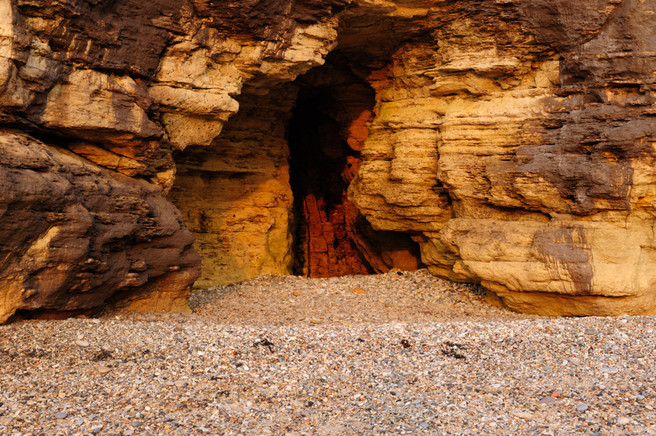
We’re looking to approach the Guardian and the Telegraph to broaden our coverage nationally, and we’re going to ask a number of people we know for help, including Harry Hardy from Here press. We’re trying to reach more non-photographers in addition to the photographic community.
TP: Tell me more about the actual project? The locations?
KT: There are two aspects to this. The first is the series of eight exhibitions. The month before the exhibition we go to the location and we spend between two and four weeks making images. Then we race around like crazy people printing, mounting and framing, and the following month we exhibit. That part is fairly straightforward. So far, we’ve covered England and Scotland; next is Wales and we finish in Northern Ireland in Ballymena in November.
The second half of the project is the public participation element. We invite people to submit their images to our website and we post all the images we receive. Each month we choose the best three images. The competition closes at the end of October and in November David Ward, Rafael Rojas, and Hans Strand are going to pick the best five from them all. We’re really honoured that they have agreed to be part of our project. In March next year we’ll be holding an end-of-project exhibition, followed some time after that by a book. .
One of the issues of going to show art where you don’t get a lot of art, is that people don’t appreciate art and it’s harder to sell, which is why the Arts Council grant was extremely helpful especially at the outset. This is as much a labour of love as a commercial enterprise and we’ve resigned ourselves to the fact that this is not how we’re going to become rich.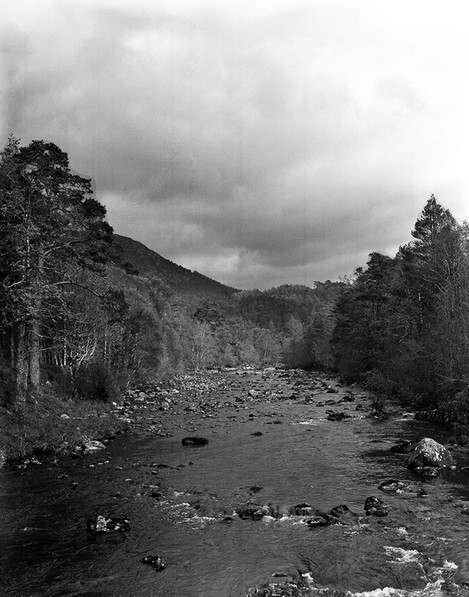
I want to make sure that we get the biggest reach we can, get the larger number of people out with their cameras, stopping for a moment, just to appreciate what’s in front of them. The rules for the public participation are very straightforward; you can only submit your own pictures. Can’t steal anyone else’s obviously. They have to be pictures of nature and they have to be from your home country. That’s it.
You can submit as often as you want, as many as you want, and there is no age limit. There’s a 9 year old girl who’s sending in cracking images. People can submit from anywhere in the world. We’re not here to say only British people should be in love with their doorsteps.
TP: Are you briefing Hans, David and Rafael on the pictures or are they choosing what they think?
KT: There will be no briefing. The difficulty is that after a while you get to know the people who submit regularly, and you risk losing your objectivity, so no briefing. We’re only going to have seventy-ish pictures by the end, so we don’t feel like we need to do any filtering. If we had 2,000 images, that would different. The judges will have a free hand.
TP: So you’ve picked the three each month and they will be choosing from those?
KT: Yes. We are trying to choose on a broad range of criteria. Technical merit is obviously important, but also important is whether they really captured the sense of what was local to them. Do we like the composition? Can we get a sense of the person’s intention in the image?
TP: So how many images will you have at the final exhibition and where will it be?
KT: We are currently looking for locations, and the venue will in part dictate the number of images. March is difficult as it’s art fair month. We’ve tried various options but most are outside the bounds of any sensible budget! You’ve been helpful with a few suggestions that we’ll try, Tim, and we’re going to ask the Arts Council for their thoughts. If anyone reading this has any suggestions I’m all ears!
TP: Does it have to be London?
KT: We actually wanted to do it in Luton which is our home location, and there is a beautiful space for it at Stockwood Park, but it’s booked until almost the end of 2016.
TP: There’s the National Media Museum in Bradford.
KT: There’s nothing to say it has to be one exhibition. We could always do two, one in the north and one in the south, which better reflects the geographic spread of our exhibtions. We want to do an end of project book as well, and we’ll include the winners in the book.
TP: Will you self publish that or get someone to publish it for you?
KT: That’s a good question! It’s too early to approach the publishers, so the answer is going to pan out once we have the final set of images and we can talk about the success of the project. It would be helpful if we could get good national coverage for the project before we approach any publishers.
TP: What’s your husbands background?
KT: He started his photography career when he was a sky diving instructor in the British Army.
TP: He didn’t do that on 4x5!
KT: No he didn’t He’s all digital and he’s been photographing since then. When we met, he got into his photography much more seriously. It’s something that we can do together which is much better than having a spouse that you have to schlep along while they die of boredom. What we are trying to do is make the images really accessible to people.
Every exhibition that we do, we make sure to include a number of iPhone pictures. It’s not about the tools, you don’t need fancy equipment! All the images that we’ve made for “On Your Doorstep” exhibitions were taken from a car park, from a side of a road, or not more than a five minute walk. That’s one of our rules for ourselves.
They have to be highly accessible so people don’t say ‘great photo but you hiked ten miles to get that’. We don’t exhibit those images although we do take them. For each of the eight locations, we limit ourselves to the location plus a twenty mile radius, although in our latter locations we haven’t needed to go that far since we’ve found wonderful places fairly close by.
TP: Thank you for talking to us today Karen
You can see more of Karen and Mick's images at www.thurmanovich.com.
Information about upcoming exhibitions and competitions can be found here www.thurmanovich.com/on-your-doorstep.

